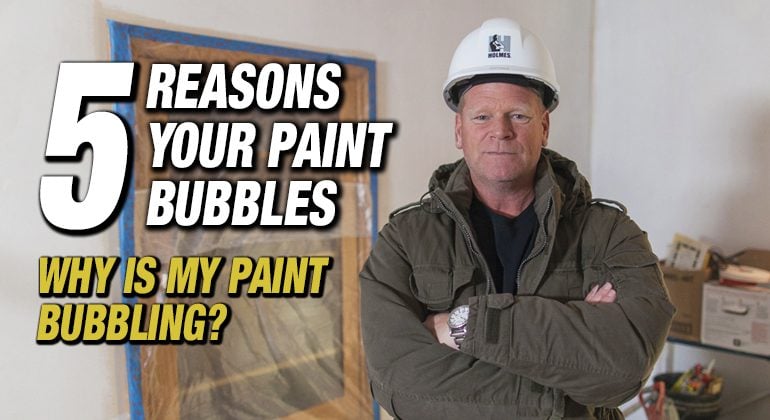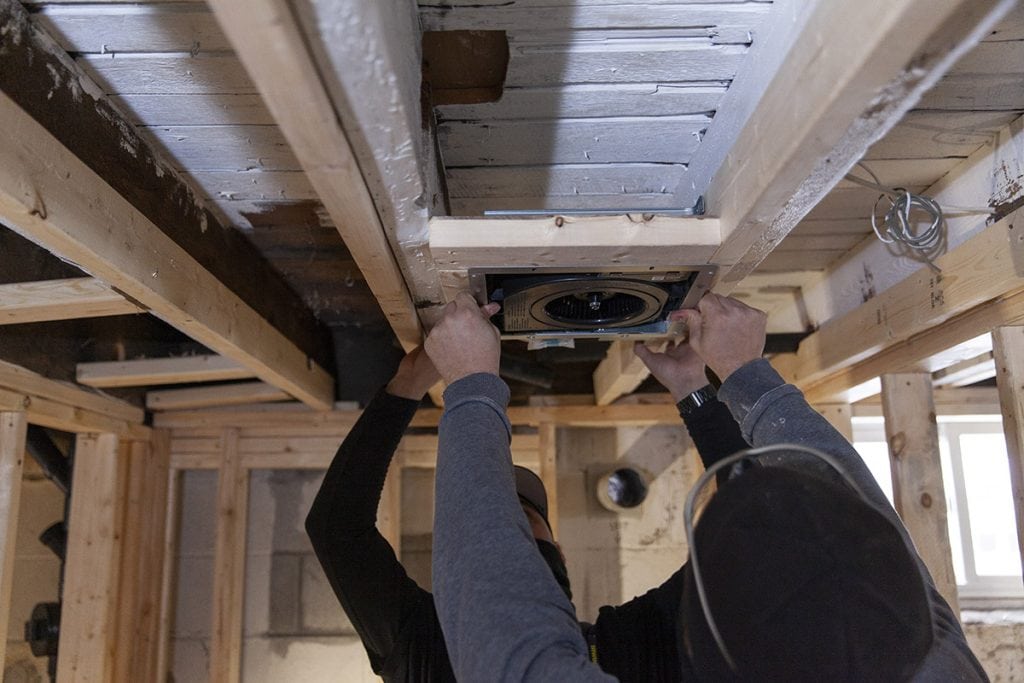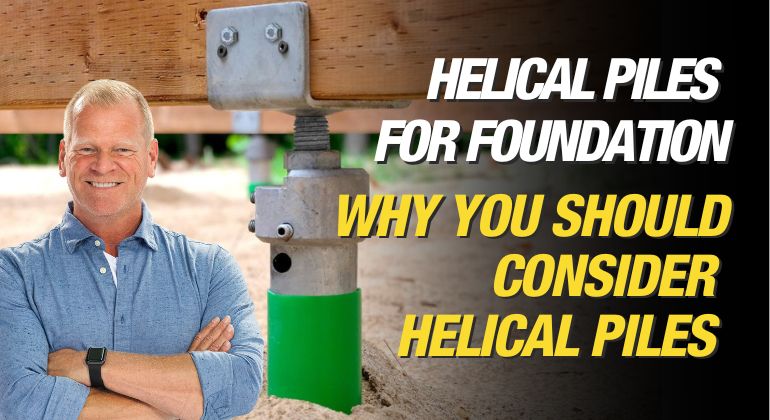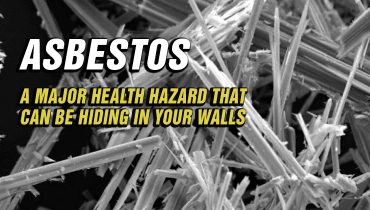When it comes to homes, water is enemy number one, and these 3 exterior home maintenance tasks will help prevent water damage. Water damage is one of the most costly...

Why Is My Paint Bubbling? 5 Reasons
By Mike Holmes
Mike’s Advice / Home Renovation
Monday, January 4th, 2021 @ 3:41pm
Say you painted your living room a few months ago and just noticed that the paint has started to bubble. Why would that be? It is most likely from the paint losing its adhesion to the base coat of paint, or the material it is painted on (drywall etc).
The best way to fix bubbling paint is to find out WHY it’s bubbling. I don’t want you to just do a second coat as a fix. You need to investigate the cause of the paint blisters or bubbles, so you don’t run into the same issue again.
Here are some possible reasons why your paint is bubbling:
#1 PAINT SURFACE WAS NOT CLEAN
Dirt and grime can collect on your walls, and if you don’t wipe them before applying fresh paint, it could interfere with your new coat of paint adhering to the wall. The fresh coat will not adhere to the specs of dust and cause blisters or bubbles appearing on your painted walls.

Make sure you thoroughly clean the surface before applying paint so you are not doing it twice.
If you are cleaning with water, let the walls dry completely before applying primer or paint.
#2 PRIMER WAS NEEDED
The key to making paint stick is to actually make the wall a little bit rough and uneven. You could sand the entire wall, but that will take forever. Instead, this is when you’d apply a coat of primer to the surface, to help the paint adhere.
Not all primers perform the same function. Some are meant to suppress stains, while others are meant to make your chosen paint colour look more saturated.
It is also important to sand the area thoroughly. This will roughen the base surface, creating peaks and valleys on which paint is more likely to adhere.
#3 MOISTURE ON YOUR WALLS
Water filled bubbles can also be a result of high humidity in your home. There are several reasons for high humidity in your home, and it can cause severe issues for you like mold and rot. Don’t ignore that.
Excessive moisture in your home can also cause peeling of your paint. Don’t apply paint to a damp surface.

Take your time to do the paint job properly.
Use your ventilation and exhaust fans in high-humidity areas like kitchens and bathrooms to help remove excess moisture in the air.

Ceiling-mounted Panasonic ventilation fan was installed in the bathroom.
RELATED
#4 ROOM WAS TOO HOT
If you painted a room that gets a lot of direct sunlight or has heat-generating appliances, the top paint coat could dry at a faster rate. This can cause bubbles.
In kitchens, grease can build up on your walls as well. It’s important to wash your kitchen walls before applying paint. If you like in a smoking home, I also recommend cleaning your walls.
Avoid painting in very hot or very humid conditions.
#5 PRESENCE OF TERMITES
You may not have thought of this. Termites need moisture to grow, and when they burrow under the surface, they’re adding the necessary moisture that could cause your paint to bubble.
RELATED
Repairing a wall with bubbling paint or cracks can be a time-consuming process, especially if the underlying problem is structural. Don’t just do a second coat on top of it. Investigate the reason for your paint blisters first.
READ NEXT
Mike Holmes’ Painting Tips
What Tools Do I Need To Paint A Room?








